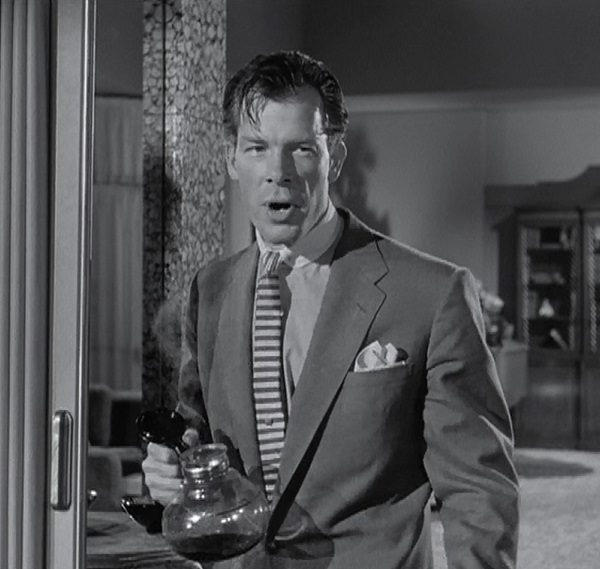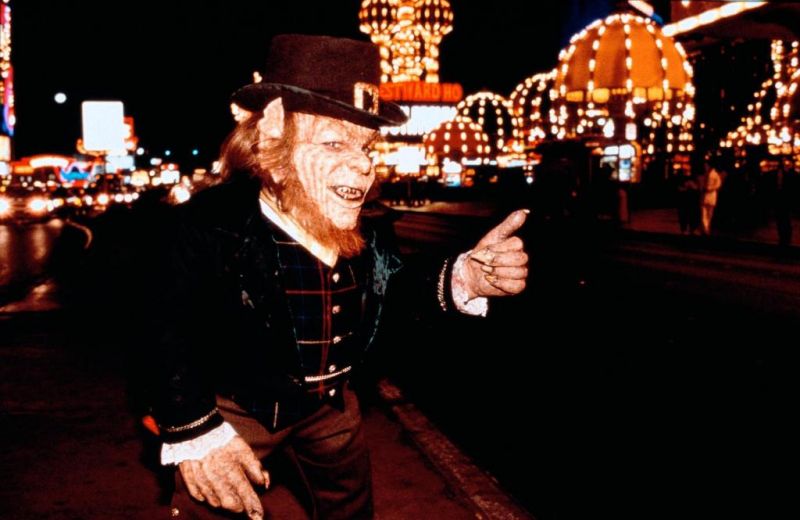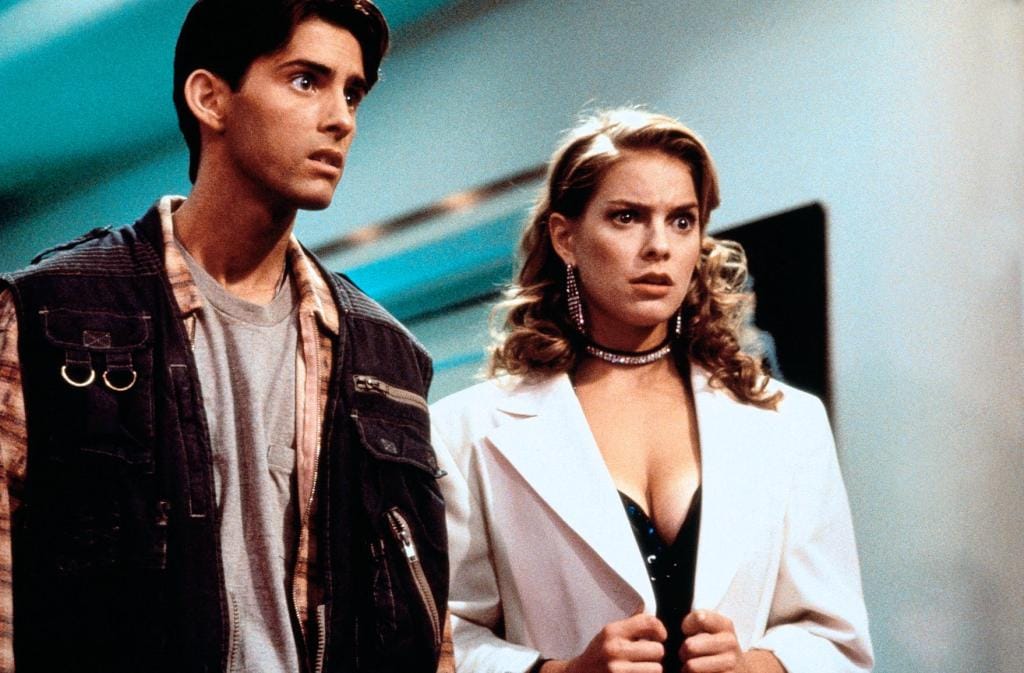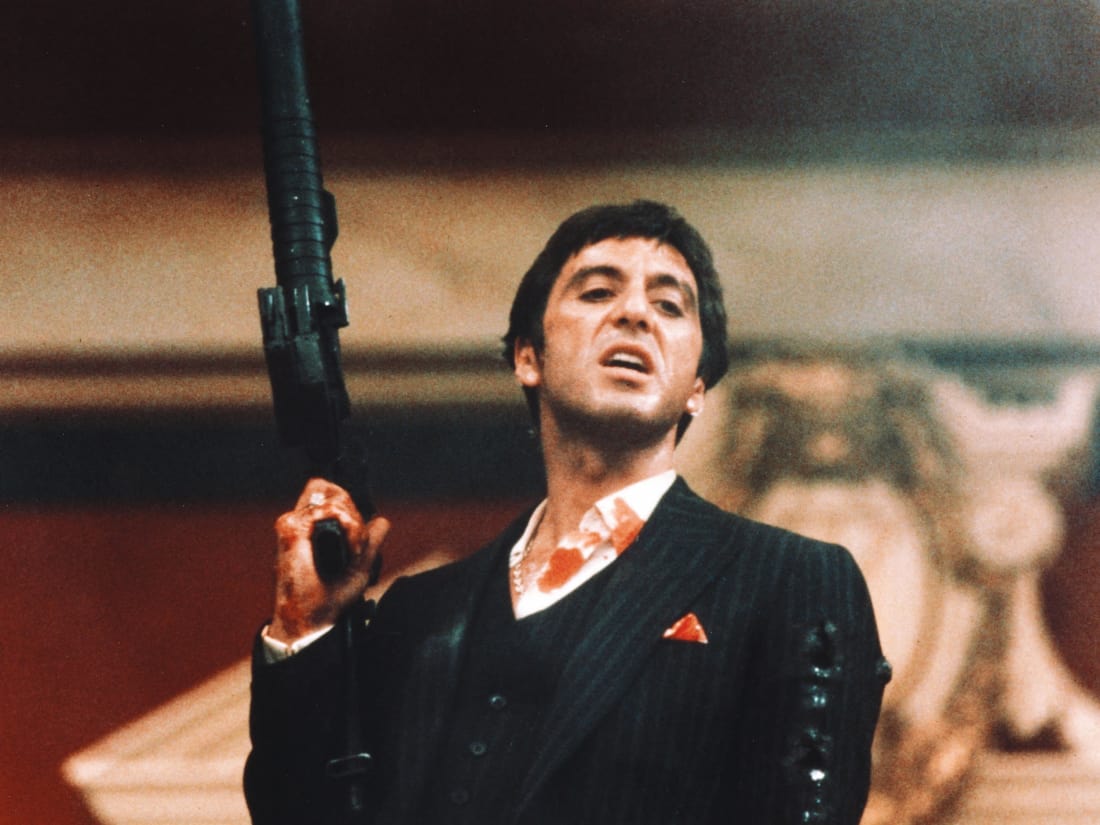WARNING: THERE WILL BE SPOILERS!

The protagonists in Film-Noirs were usually cynical loners
who were despised by authority for their attempts to achieve justice in a
matter that the law system couldn’t allow. In many cases, the protagonists that
would be shunned by the law were seen usually working for the force themselves,
as either cops or detectives. Both
protagonists in these films are no exception. Sergeant Dave Bannion in “The Big
Heat”, played outstandingly by Glenn Ford, is a prime example of the typical
Film-Noir protagonist. He’s a detective who doesn’t listen to his superiors
when trying to solve a suicide case after discovering that he didn’t kill
himself because of ill health as his wife had suggested. He believes that
there’s a whole conspiracy behind the suicide involving the crime boss who
practically runs the city, Mike Lagana (Alexander Scourby). But his snooping
gets him into bigger trouble when a failed assassination attempt gets his wife
killed by bomb planted in his car (a tragic death that would be duplicated in
“The Godfather”). After losing someone so dear to him, this drastic turn of
events makes his mission to solve the case personal knowing that the person
responsible for the car bomb is the one trying to prevent him from getting to
the bottom of the suicide. Because of his personal vendetta, he snaps at his
superiors for suspecting them to be taking bribes from Lagana, which
consequently costing him his badge. But even without it, and receiving little
to no help from the authorities, Bannion still pushes forward to prove that
Lagana is connected to the suicide and the loss of his beloved wife.
The hero in “White Heat”, Hank Fallon (Edmond
O’Brien), though not the focus of the film or having personal vendetta against
the antagonist, still carries similar traits. He’s an undercover agent who is
sent to a prison as an inmate (under the alias of Vic Pardo) to get a criminal
to confess his real crimes in order to put him away. This means that no person
of authority in the prison knows who he is, and therefore will treat him like
the hardened criminal they believe he is. The only person that can help him is
the criminal he’s conning to get information out of Cody Jarret. And in order
for him to gain Cody’s trust, he must do whatever he tells him to do, which
means taking part in unlawful actions such as breaking-out of jail or assisting
him in a robbery, that may result with people getting hurt in the process.
Participating with Cody in his schemes isn’t good enough for Hank to keep
Jarret oblivious to who he really is. He still has to find a way to contact his
superiors to catch Cody before he commits his crimes without raising any
suspicion, and if he’s caught trying to sneak-away from Cody he must use his
wits to fool him into thinking that he’s leaving for sentimental reasons, and
has to use whatever resources he can to get the attention of the police. Hank
must also be careful not to encounter any of the previous criminals that he’s
locked away. If he is spotted, the whole plan falls apart where he is just as
good as dead when dealing with the likes of a psycho like Jarret.

The antagonists in Film-Noirs were criminals that were
dangerously ruthless and unfeeling towards their fellow men and lovers. They
were the kind of villains who pushed past the limits of what Hollywood could
get away with at the time due to film censorship. It had been 18 years since
film actor James Cagney has shocked people with his tough guy approach in
"The Public Enemy". He's done classic gangster films after that such
as "Angels with Dirty Faces" and "The Roaring Twenties",
only this time he would take his tough guy role to a more lighthearted level by
having him befriend kids and a priest, or use the power he has from his
criminal empire to please a girl he deeply loves. This was because that the gangster
films following after “The Public Enemy” were made when the infamous Hays Code
went into effect, censoring films to not be as violent or vulgar as they were
in the early 30s. Film-Noir gave Cagney the chance to stun audiences again when
given the role of Cody Jarrett, only ten times more bloodthirsty and mad than
he ever was as Tom Powers. He was the kind of antagonist who showed no remorse
or hesitation towards the people he killed for how mentally unstable he is. If anybody
gets a good look at his face, or hears his name when holding them-up, he'll
simply shoot them to avoid being identified. From the moment someone steps-out
of line when speaking to him, no matter who the person is, he'll hit them. If a
person gets badly injured to no longer do him any service, he'll hire one of
his guys to finish him off so that he won't be carrying any dead-weight on his
shoulder. The only person he shows genuine love for is his Mother, as everyone
else in his eyes are just pawns for his crimes or personal pleasures.

Lee Marvin as Vince Stone in "The Big Heat"
doesn't nearly have the same amount of screen-time as Cagney did, but is just
as savage, if not as mentally insane. He's an under-boss for Lagana, who
without mercy will do whatever he can to make sure that Bannion won't find the
papers that could expose their crimes, not caring if civilians get hurt in the
process. His cold-hearted nature is effectively demonstrated when he's around
women, given that those are usually the moments when we see him perform his
dirty deeds on-screen. During a dice-game at a bar, when Vince sees that a
bar-fly woman is picking up the dice too soon, he harshly burns her hand with a
cigarette without any warning. But as bad as her hand may be, it's a pinch
compared to Vince burning his girlfriend's face with a boiling pot of coffee,
resulting with the left-side of her face being as permanently disfigured as
Two-Face. And the worst part is he enjoys it.
And speaking of women, the women seen in both films
stand-out as a great example for Femme Fatales. Women in Film-Noirs were
usually gorgeous and seductive in their nature, who fell in love with the wrong
kind of men and would become victims. The character of Debbie Marsh (Gloria Grahame) in
"The Big Heat" perfectly suits that character trope seen in these
kind of films. She dates Vince for his money with the belief that “rich is
better” after once being poor, but is always in constant danger due to his violent
nature. Things take a more drastic turn when she starts taking a liking to
Bannion, and when her boyfriend finds out and suspects her of giving him
information, she receives one of the worst of kind of abuse in Film-Noir
history. This results with her fleeing to Bannion for protection and getting
close with him. Fearing that Bannion may kill the woman who has hidden
information about the gangsters, she kills her to protect him from going to
jail, and later tries to kill Vince after giving him a hot taste of his own coffee.

Sharing a similar attraction for hooking up with dangerous
men is Verna Jarrett (Virginia Mayo) in "White Heat". Verna is married to Cody
Jarrett, who she admires for his tough-guy charm and successfully scoring big
bucks from his heists, but is neglected by Jarrett and half of the time falls
victim to his physically abusive nature. Much like Debbie, she too eventually
attempts to betray her lover, not once but twice in the film. She first
hooks-up with Cody's right-hand man Big Ed (Steve Cochran) who's in charge of the gang while
he's locked away in prison, with complete faith in Ed's attempts to have Cody
killed as he's serving time. She herself gets her hands dirty by killing the
only true person that Cody ever loved, his own Mother. Once Cody breaks-out of
prison, kills Big Ed, and forcefully reclaims her as his own, Verna in the last
scene of the film tries to persuade the authorities surrounding Cody that she
can help them make him surrender, promising to do anything they ask her for in
order to save her own skin from her former lover and being locked away after
being apprehended for fleeing from the crime in the getaway car. Her attempts
fail.
Film-Noirs may not be the same after the late 50s, but the
genre will always be remembered by film historians and filmmakers for how they
changed film by providing a stylized and realistic grim-reality of the time, as
they would challenge their audience through their dark and mysterious plots,
tough characters who weren’t sanitized by Hollywood, and shocking use of
violence and sex appeal. While “White Heat” is more of a gangster picture, “The
Big Heat” follows under murder-mystery; the lone protagonists working above the
law, the sadistic criminals, and the flirty women who would become victim to the
people they choose to be with, are all greatly shown in both films at the
genre’s finest!








